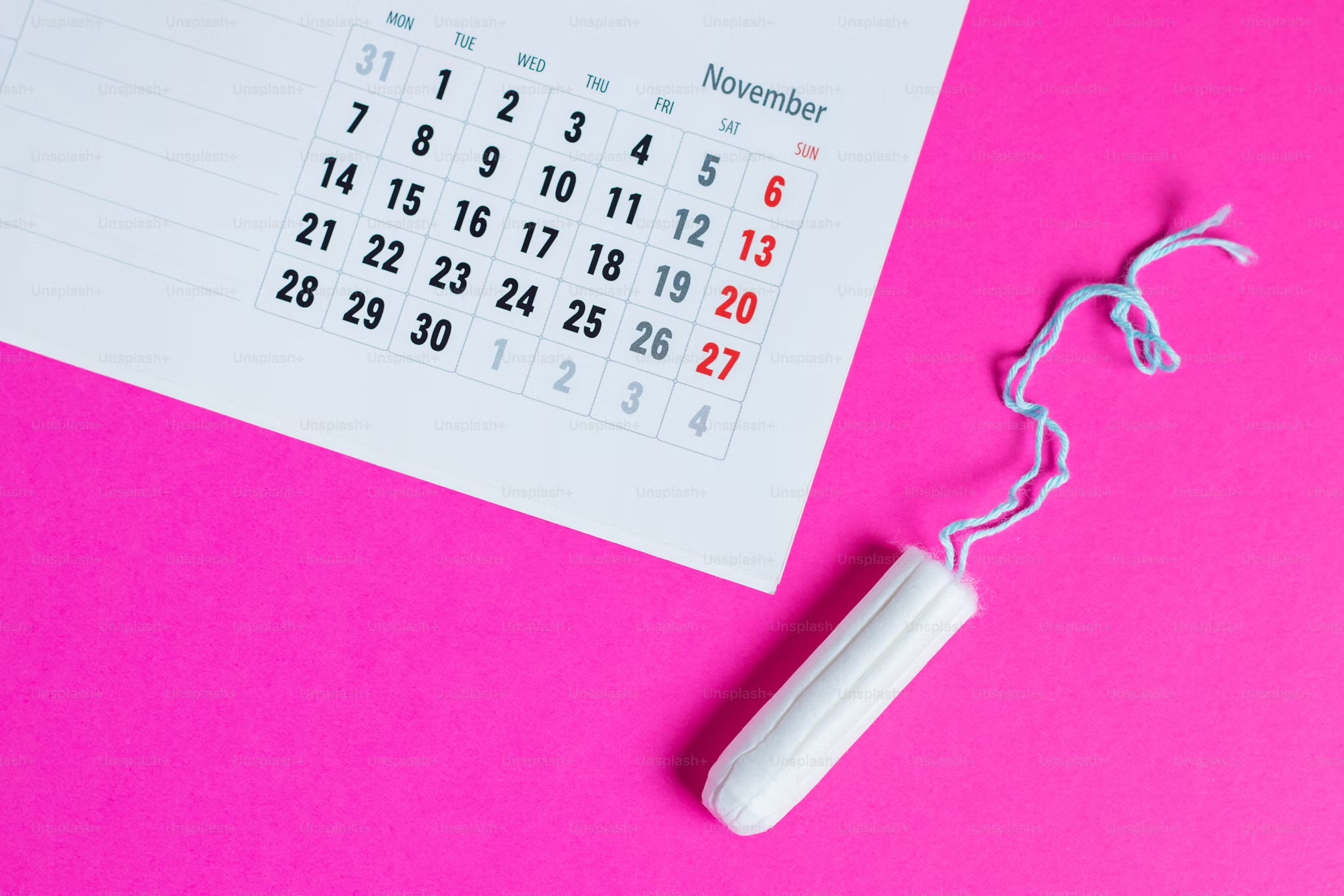Understanding Your Menstrual Cycle Phases
A guide to the four key stages of your monthly cycle and what they mean for your body.
Published on: August 21, 2025
Your menstrual cycle is a complex and fascinating process that your body goes through each month in preparation for a potential pregnancy. It's more than just your period; it's a series of hormonal changes that can affect your mood, energy levels, and physical well-being. Understanding the different phases of your menstrual cycle can empower you to better interpret your body's signals.

A visual guide to the menstrual cycle phases.
The Four Phases of the Menstrual Cycle
A typical menstrual cycle lasts about 28 days, but it can range from 21 to 35 days in adults. It's divided into four main phases:
1. Menstruation Phase (Your Period)
This phase marks the start of your cycle (Day 1) and is when you have your period – the shedding of the uterine lining (endometrium). It typically lasts 3 to 7 days. During this time, levels of estrogen and progesterone are low.
- What's happening: Your body sheds the thickened uterine lining because pregnancy didn't occur in the previous cycle.
- Common experiences: Menstrual bleeding, cramps, bloating, fatigue, mood swings, breast tenderness.
- Tracking tip: Log the first day of your period as Day 1 in your Lunaal period tracker. Note flow intensity and any symptoms.
2. Follicular Phase
The follicular phase starts on the first day of your period (overlapping with menstruation) and ends with ovulation. The pituitary gland releases Follicle Stimulating Hormone (FSH), which stimulates the ovaries to produce several small sacs called follicles. Each follicle contains an immature egg. Usually, one follicle matures into an egg. Estrogen levels rise, causing the uterine lining to thicken.
- What's happening: Ovarian follicles develop, one egg matures, and the uterine lining rebuilds.
- Common experiences: Energy levels may increase, mood often improves as estrogen rises.
- Duration: Can vary the most, typically 10-22 days.
3. Ovulation Phase
This is when a mature egg is released from the ovary. A surge in Luteinizing Hormone (LH) triggers ovulation. The egg travels down the fallopian tube, where it can be fertilized by sperm. This is your fertile window – the few days leading up to and including ovulation.
- What's happening: Release of a mature egg from the ovary.
- Common experiences: Some women experience mild pelvic pain (mittelschmerz), changes in cervical mucus (becomes clear and stretchy), increased libido.
- Timing: Usually occurs around day 14 in a 28-day cycle, but can vary. The egg is viable for about 12-24 hours after release.
- Tracking tip: Lunaal's period calculator can help estimate your ovulation window.
4. Luteal Phase
After ovulation, the follicle that released the egg transforms into a structure called the corpus luteum. It releases progesterone (and some estrogen), which helps thicken the uterine lining further, preparing it for a potential pregnancy. If the egg isn't fertilized, the corpus luteum shrinks, progesterone and estrogen levels drop, and the uterine lining begins to shed, starting the next menstrual phase.
- What's happening: Corpus luteum produces progesterone; uterine lining prepares for implantation or shedding.
- Common experiences: Premenstrual syndrome (PMS) symptoms like mood swings, bloating, breast tenderness, food cravings may occur in the later part of this phase.
- Duration: Typically lasts about 12-16 days.
Understanding Your Unique Cycle
Every woman's cycle is unique. Tracking your cycle with an app like Lunaal helps you learn your personal patterns, including cycle length and phase durations. This knowledge is key to understanding your reproductive health.
Conclusion
Understanding the phases of your menstrual cycle is a journey of self-discovery. By paying attention to your body's signals and utilizing tools like a period tracker and menstrual cycle calculator, you can gain valuable insights that contribute to your overall well-being.
Start your journey of understanding today. Sign up for Lunaal to track your cycle phases, symptoms, and more.